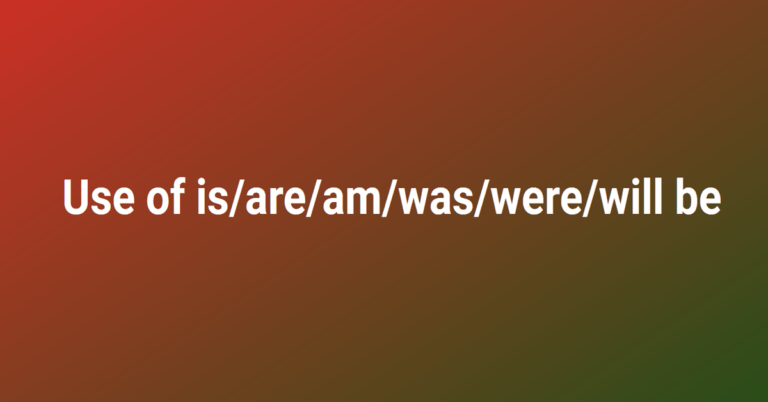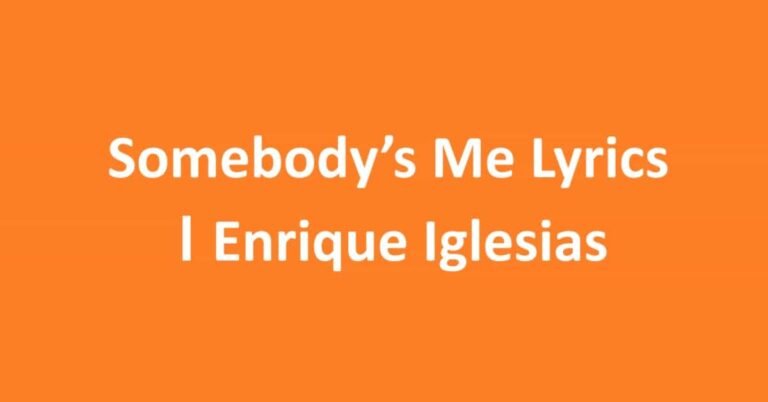Stative Verbs
How to use stative (state) and dynamic verbs
Some English verbs, which we call state, non-continuous, or stative verbs, aren’t used in continuous tenses (like the present continuous, or the future continuous). These verbs often describe states that last for some time. Here is a list of some common ones:
Stative (or State) Verb List
- like
- love
- hate
- want
- need
- prefer
- agree
- mind
- own
- sound
- hear
- disagree
- satisfy
- doubt
- wish
- dislike
- deserve
- lack
- owe
- know
- realise
- suppose
- mean
- understand
- believe
- remember
- recognise
- appear
- taste
- astonish
- please
- promise
- think (=have an opinion)
- imagine
- be
- involve
- measure (=have length etc.)
- weigh (=have weight)
- belong
- fit
- contain
- consist
- seem
- depend
- matter
- see
- look (=seem)
- smell
- demy
- impress
- surprise
- feel (=have an opinion)
- concern
- have
- include
- possess
A verb that isn’t stative is called a dynamic verb and is usually an action.
Some verbs can be both stative and dynamic:
Be
be is usually a stative verb, but when it is used in the continuous it means ‘behaving’ or ‘acting’
- you are stupid = it’s part of your personality
- you are being stupid = only now, not usually
Think
- think (stative) = have an opinion
I think that coffee is great - think (dynamic) = consider, have in my head
what are you thinking about? I’m thinking about my next holiday
Have
- have (stative) = own
I have a car - have (dynamic) = part of an expression
I’m having a party / a picnic / a bath / a good time / a break
See
- see (stative) = see with your eyes / understand
I see what you mean
I see her now, she’s just coming along the road - see (dynamic) = meet / have a relationship with
I’ve been seeing my boyfriend for three years
I’m seeing Robert tomorrow
Taste
- taste (stative) = has a certain taste
This soup tastes great
The coffee tastes really bitter - taste (dynamic) = the action of tasting
The chef is tasting the soup
(‘taste’ is the same as other similar verbs such as ‘smell’)
Other Way to define Stative (or State) Verb List
Types of Stative Verbs
Four types of stative verbs include senses, emotion, being, and possession. There’s no one “right” way to classify them, of course, and some words can fit into multiple categories, depending on the context of their usage. Geoffrey Leach and colleagues group the four types this way:
“(a) Perception and sensation (e.g. see, hear, smell, hurt, taste)…
(b) Cognition, emotion, attitude (e.g. think, feel, forget, long, remember)…
(c) Having and being (e.g. be, have, have to, cost, require)…
(d) Stance (e.g. sit, stand, lie, live, face)”
Sensing Verbs
Senses and perception verbs include data coming into your five senses:
- See
- Hear
- Smell
- Taste
- Seem
- Sound
- Look
- Sense
Emotion and Thought Verbs
Emotion and thought verbs include:
- Love
- Hate
- Adore
- Like
- Despise
- Doubt
- Feel
- Believe
- Forget
- Remember
- Long
- Agree/disagree
- Enjoy
- Need
- Think
- Recognize
- Prefer
- Understand
- Suspect
- Appear
Possession Verbs
Possession verbs include:
- Have
- Belong
- Include
- Own
- Want
Being/Qualities Verbs
Verbs that describe states of being include:
- Be/Are/Is
- Weigh
- Contain
- Involve
- Consist
Stative Verbs
Read More
- Learn More in English
- रोज बोले जाने वाले इंग्लिश सेंटेंस । Top Best 100 Daily Use English Sentence with Hindi Meaning
- Website Design
Stative Verbs | Stative Verbs | Stative Verbs | Stative Verbs



